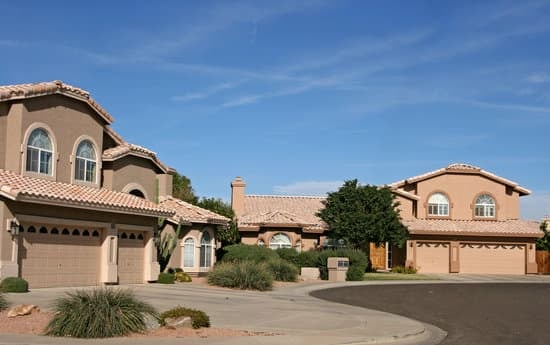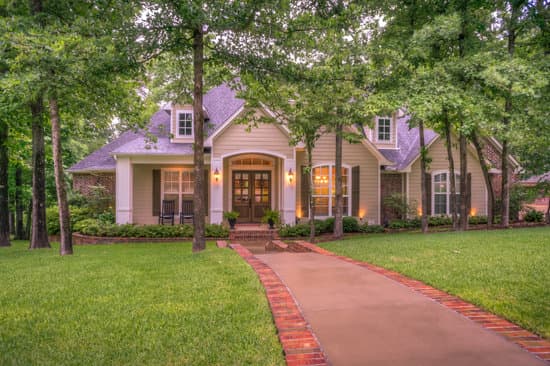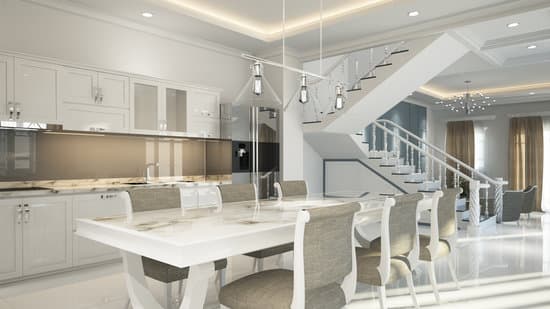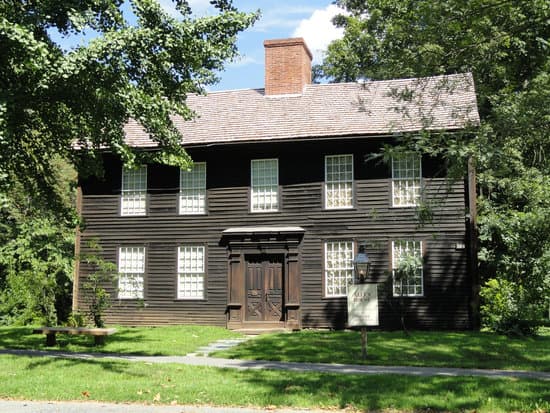Understanding Fire Pit Stones
Selecting the right stone for your fire pit is an essential step in ensuring a long-lasting and safe outdoor fire experience. The stone you choose for your fire pit will impact factors such as how well it withstands heat, how long it lasts, and how aesthetically pleasing it is. Different types of stone have various advantages and disadvantages, so it is crucial to understand these factors before making your final choice.Pros and Cons of River Rocks
River rocks are frequently used in fire pits due to their natural beauty and availability. They are relatively easy to find and can be bought in bulk for a reasonable price. Nevertheless, when exposed to high temperatures, river rocks, being a wet and porous stone, can split and crack unexpectedly. Additionally, due to their less durable nature, they do not last as long as other stones, therefore requiring frequent replacements. While river rocks look visually appealing, they come with significant drawbacks and may not be the most practical option in the long run.The Drawbacks of Sandstone
Sandstone is another common stone used in fire pits. It is an excellent option for those who want to achieve a natural-looking fire pit due to its unique color and texture. However, sandstone is not the best option when it comes to heat resistance. As a result of its porous nature, it is likely to crack and break into pieces when exposed to high temperatures. This drawback makes sandstone a less desirable option for fire pits.Slate: A Durable Fire Pit Stone
Slate is a dense and durable natural stone that makes an excellent choice for fire pits. It is available in a variety of colors and textures, making it a versatile option to choose from. As a result of its density and durability, slate has excellent heat resistance and is unlikely to crack or break when exposed to high temperatures. It is also easy to maintain and has a long lifespan, making it a practical and visually appealing option for your fire pit.Marble and Granite: The Heat-Resistant Options
If you are looking for maximum heat resistance, marble and granite are your go-to options. Due to their high density and durability, they are unlikely to crack or break even when exposed to extremely high temperatures. Marble and granite are visually stunning stones, known for their smooth and polished finish and are available in different colors, making them an attractive option for your fire pit.Choosing the Best Stone for Your Fire Pit
When selecting the optimal stone for your fire pit, it is recommended that you choose one that is heat resistant, visually appealing, durable, and practical. For those looking for a natural aesthetic, river rocks and sandstone are available, though not always withstanding high temperatures. Slate is a durable and practical option that comes in a variety of colors and textures, while granite and marble deliver maximum heat resistance and visual appeal. Ultimately, the choice of stone depends on personal preferences, needs, and budget.Safety Considerations for Fire Pit Stones
Before using your fire pit, it is essential to consider the safety implications relating to the stone you have chosen. Here are some safety precautions to consider:- Choose the Right Size: Choose stones that are of a size that effectively allows for air circulation to prevent overheating.
- Use Fireproof Mortar: Use fireproof mortar to hold the stones together, preventing them from shifting or falling out of place.
- Beware of Toxicity: Be aware of the type of stone you choose, as some can release toxic fumes when heated. Avoid utilizing stones that can pose a health hazard or irritate your lungs or skin.



















